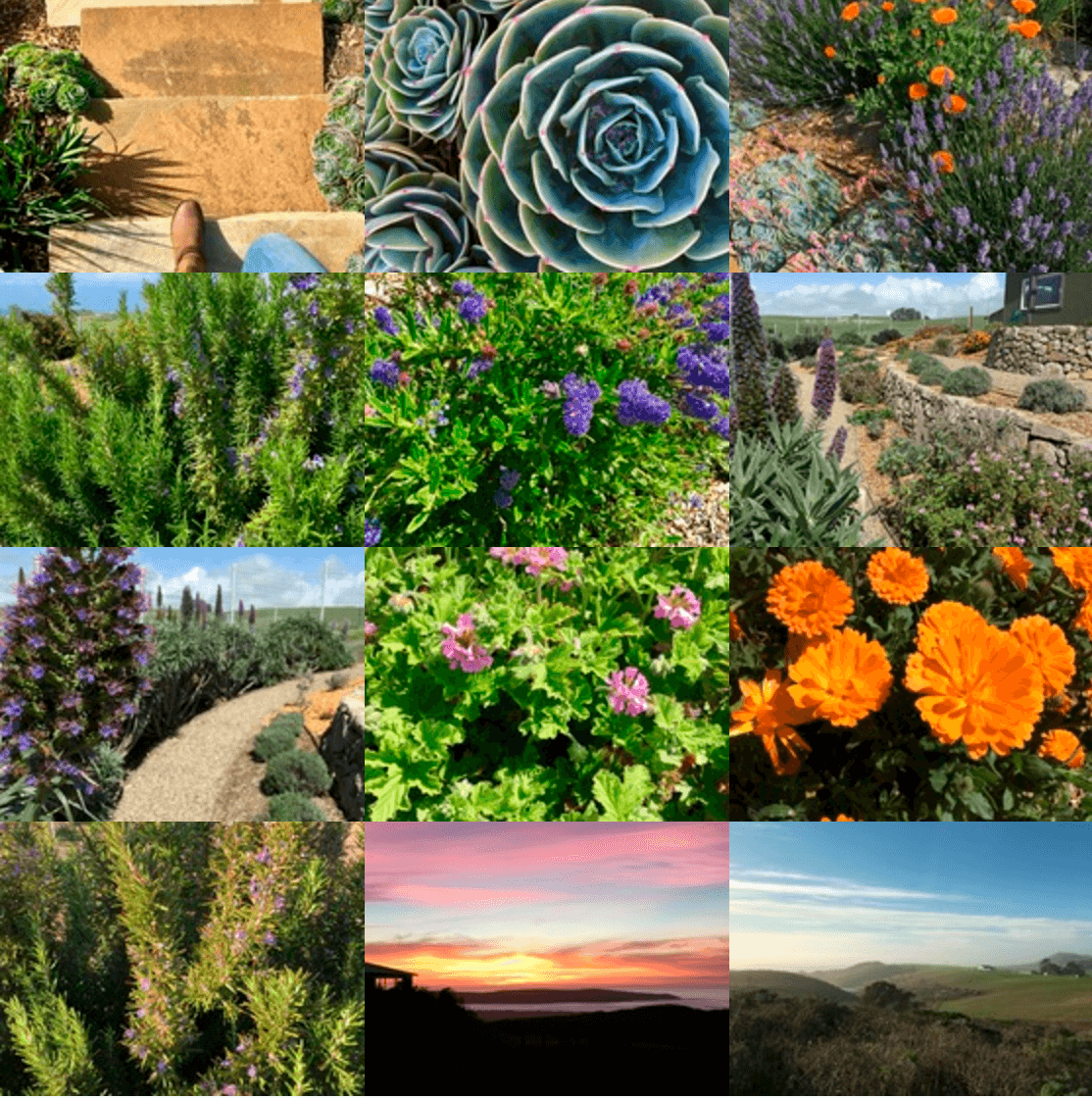Hands In The Soil - Permaculture 101
Posted by KM Herbals on Feb 6th 2020
Many have heard the word “Permaculture” buzzing around lately, but we don’t often hear about exactly why it’s such an important and practical movement. So here are some fast facts that will help you understand how the concept of permaculture is essential to practicing sustainability, supporting the health of our community, and ensuring the longevity of our planet.
KM Herbals strongly believes in having a holistic relationship with the land and local community that we so fundamentally rely on. Our products feature ethically sourced, locally grown, and freshly picked ingredients literally found our own backyard. We have the privilege of harvesting wild Horsetail and Yarrow from Dillon Vision Ranch, where our coastal property resides, and grow many other herbs in our custom designed permaculture garden. Enjoying our permaculture garden since November of 2014, we’ve had the pleasure of cultivating Comfrey, Calendula, Lavender, Rosemary, Rose Geranium, Echinacea, Clary Sage, and both Roman and German Chamomile.
Our garden integrates the use of our natural rainwater, coastal winds, and California sunshine to create the most efficient and sustainable habitat that our climate permits. It is a home for more than just medicinal plants, providing butterflies, birds, lizards, and other local wildlife a natural place to thrive. As our garden is always growing, its natural transformations will be celebrated and supported to further diversify and strengthen its thriving life - just as permaculture intended.
"Perma-what?"
Many have heard the word “Permaculture” buzzing around lately, but we don’t often hear about exactly why it’s such an important and practical movement. So here are some fast facts that will help you understand how the concept of permaculture is essential to practicing sustainability, supporting the health of our community, and ensuring the longevity of our planet:
- Permaculture is a set of design principles that utilizes the patterns and features found in natural ecosystems. When applied to gardening and agriculture, it aims to work with the inherent features of the land, letting it be itself instead of making it conform to large scale agricultural models. For example, where the sun shines most prominently on the land might determine where to plant crops that need more sun, or the best areas for rainwater collection might be surrounded by plants in need of heavier watering. This maximizes the utility of readily available resources and helps to prevent waste.
- Permaculture is concerned with a simple set of ethics:
Earth Care – Not damaging the earth’s natural systems
People Care – Looking after, empowering, and relying on the community
Fair Share – Setting limits to consumption, and sharing surplus with those with less access or returning it to the earth - Permaculture aspires towards the long term sustainability of nature, which in turn helps to also sustain longer and healthier human lives. Bill Mollison, the "Father of Permaculture," likened this motivation to the concept of “Enlightened Self-Interest.”
- The word “Permaculture” was formed from the words “Permanent” and “Agriculture” (though some have understood it as simply “Culture”), very clearly illustrating its intentions toward sustainability, both environmentally and beyond.
- Permaculture really isn't a new movement. The earliest recorded ideas about the concept of Permaculture in the western world were described in Joseph Russell Smith's Tree Crops: A Permanent Agriculture in 1929, and then further developed in P. A. Yeomans' Water for Every Farm from 1964. But it wasn't until Australians Bill Mollison and David Holmgren fully fleshed out its principles and applicable practices in their book Permaculture One that the bigger movement began to spread.
- Permaculture most commonly refers to gardening and agriculture, but its principles can be applied to larger scale human habitats like communities, businesses, and even cities.
The 12 Principles of Permaculture:
Observe and Interact.
Catch and store energy.
Obtain a yield.
Apply self-regulation and accept feedback.
Use and value renewable resources and services.
Produce no waste.
Design from patterns to details.
Integrate rather than segregate.
Use small and slow solutions.
Use and value diversity.
Use edges and value the marginal.
Creatively use and respond to change.
If you are interested in incorporating permaculture into your own garden or life, there are plenty of resources out there that can help you get started. Check out the many books and online courses, including those by the late Bill Mollison himself, and be sure to look into the local farms and organizations that practice permaculture in your own community. They can help you understand the weather patterns, natural resources, animals, and plant species native to where you live, and they are often happy to trade education for volunteer hours.
Follow our Instagram for updates on our permaculture garden, the many colorful species that thrive within it, and to watch as it changes with the seasons, embracing the natural rhythms of our abundant planet.
